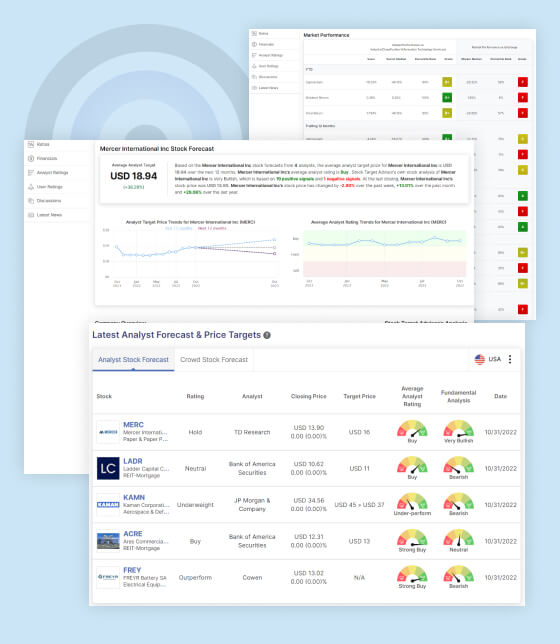Is the Surge in Investor Confidence a Contrarian Sign That the Market is About to Top and Enter a Downturn?
Investor confidence has been soaring recently, driven by a series of positive economic indicators, robust corporate earnings reports, and an optimistic outlook on the global economy’s recovery. However, seasoned market watchers are beginning to wonder if this surge in confidence might actually signal a market top and an impending downturn. Historically, extreme levels of investor optimism have often preceded market corrections. Let’s delve into the dynamics at play and examine whether the current wave of confidence could be a contrarian indicator.
The Nature of Investor Sentiment
Investor sentiment is a powerful driver of market movements. When confidence is high, investors are more likely to pour money into stocks, driving prices higher. Conversely, when sentiment sours, a rush to exit positions can lead to sharp declines. The cyclical nature of markets means that extreme optimism or pessimism often precedes a reversal. The adage “buy when there’s blood in the streets” captures the contrarian approach that some successful investors employ—essentially buying when others are fearful and selling when others are overly confident.
Current Indicators of High Confidence
Several indicators point to the current high levels of investor confidence:
- Stock Market Indices: Major indices like the S&P 500 and the Dow Jones Industrial Average have been hitting record highs, reflecting strong investor sentiment.
- Valuation Metrics: Valuation ratios such as the price-to-earnings (P/E) ratio are elevated, suggesting that investors are willing to pay a premium for stocks based on optimistic future earnings expectations.
- Market Participation: There has been a notable increase in retail investor participation, often seen as a sign of heightened market enthusiasm.
Historical Precedents
History provides numerous examples where high investor confidence has been followed by market downturns:
- Dot-com Bubble (Late 1990s – Early 2000s): The late 1990s saw unprecedented optimism in technology stocks, leading to inflated valuations. The bubble burst in 2000, resulting in significant market declines.
- Housing Bubble (Mid-2000s): The mid-2000s housing market boom was characterized by high investor confidence in real estate. The subsequent crash in 2008 led to a severe financial crisis.
- COVID-19 Recovery Rally (2020-2021): Following the pandemic-induced crash in early 2020, markets rebounded sharply, driven by optimism over economic recovery and stimulus measures. This rally has raised concerns about potential overheating.
Contrarian Indicators
Several contrarian indicators suggest that the current surge in confidence could precede a market top:
- Excessive Valuations: Elevated valuations are a classic warning sign. When stocks are priced for perfection, any negative surprise can trigger a sharp correction.
- High Levels of Margin Debt: Increased borrowing to invest in the stock market can amplify losses if the market turns, leading to forced selling and a downward spiral.
- Inflation and Interest Rate Concerns: Rising inflation and the potential for higher interest rates can erode corporate profits and lead to lower stock prices.
Expert Opinions
Market experts and analysts are divided on the implications of the current investor confidence:
- Optimists argue that the economic fundamentals remain strong, with ongoing fiscal stimulus, accommodative monetary policy, and robust corporate earnings providing a solid foundation for continued market gains.
- Pessimists caution that the market may be overlooking risks such as inflation, geopolitical tensions, and potential regulatory changes. They argue that the current high valuations leave little room for error.
Conclusion
While the current surge in investor confidence reflects positive economic and market conditions, it also raises the specter of a contrarian signal. History has shown that periods of excessive optimism often precede market corrections. Investors should remain vigilant, balancing their enthusiasm with an awareness of potential risks. Diversification, a focus on fundamentals, and a long-term perspective can help navigate the uncertain waters ahead.
Ultimately, while it’s impossible to predict market movements with certainty, recognizing the signs of exuberance can help investors make more informed decisions and prepare for potential downturns.

STA Research (StockTargetAdvisor.com) is a independent Investment Research company that specializes in stock forecasting and analysis with integrated AI, based on our platform stocktargetadvisor.com, EST 2007.
































